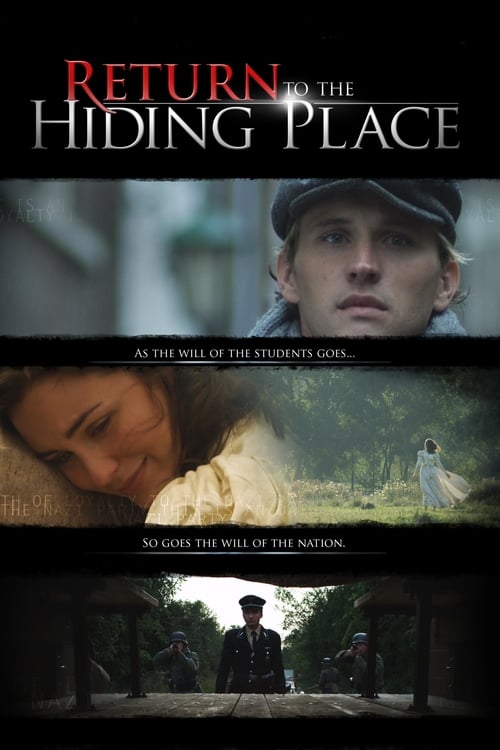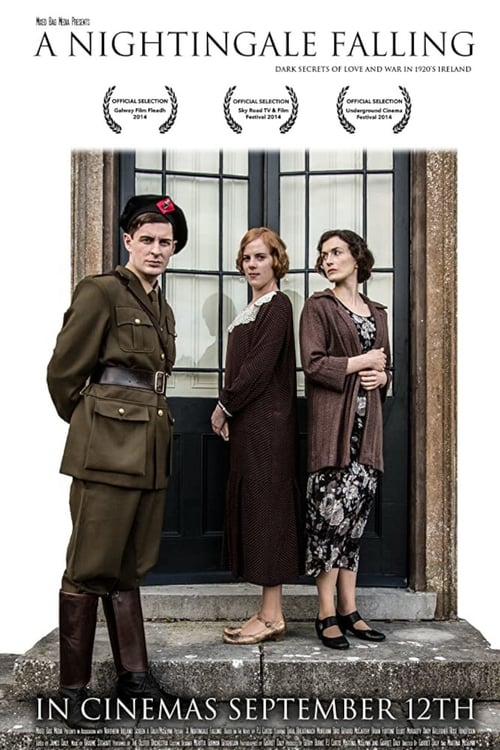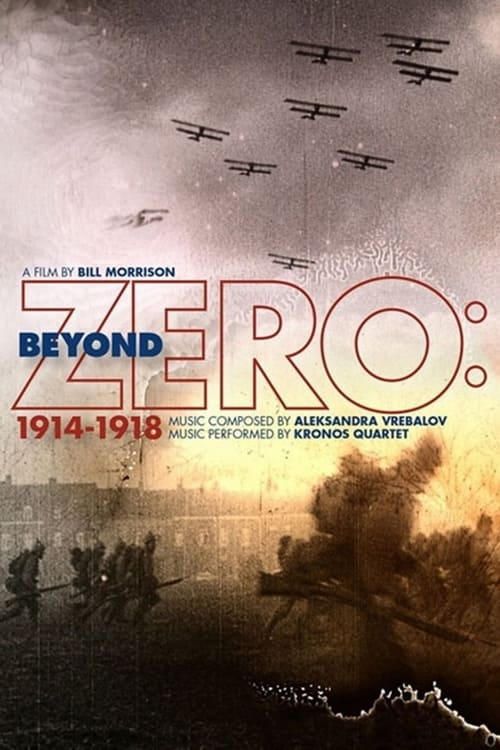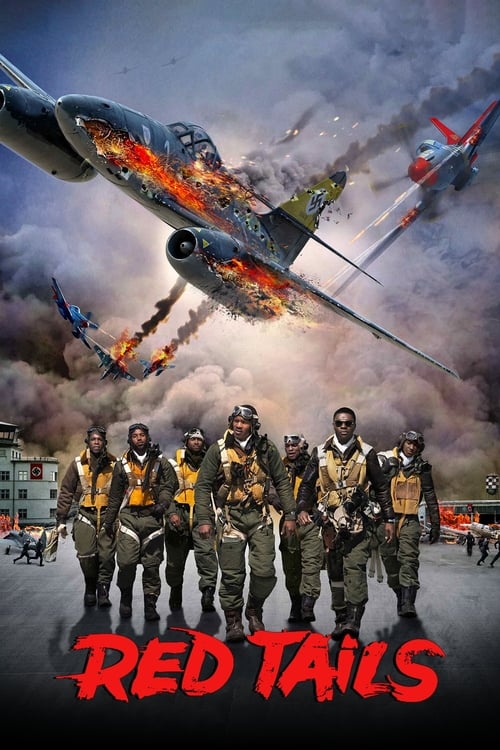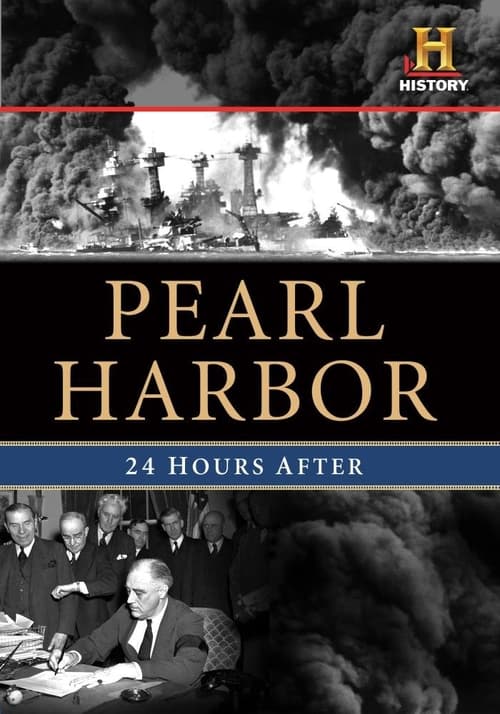
Ask Your Own Question
What is the plot?
More Movies Like This
Browse All Movies →What is the ending?
In the ending of "Return to the Hiding Place," the main characters face the culmination of their struggles against the Nazi regime. The film concludes with a tense escape and a poignant reflection on sacrifice and bravery. The protagonists, including Hans, Corrie, and others, manage to save several Jewish lives, but not without significant personal cost. The film ends on a note of hope, emphasizing the importance of courage in the face of oppression.
As the final scenes unfold, the tension escalates. Hans, who has been a central figure in the resistance, finds himself in a precarious situation. He is determined to help the remaining Jewish families escape the clutches of the Nazis. The atmosphere is thick with fear and urgency as he gathers the last of the group, including the young Jewish girl, who has become a symbol of innocence amidst the chaos.
In a dimly lit room, the group huddles together, whispering plans and sharing their fears. Hans, embodying a mix of resolve and anxiety, reassures them that they will find a way out. The camera captures the flickering candlelight, casting shadows that mirror the uncertainty of their fate. Each character's face reflects a blend of hope and despair, showcasing their internal struggles as they prepare for the dangerous journey ahead.
As they make their way through the darkened streets, the tension mounts. The sound of marching boots echoes in the distance, a constant reminder of the threat looming over them. Hans leads the group with a steady determination, but his heart races with the weight of responsibility. He knows that every decision could mean life or death for those he is trying to save.
Suddenly, they encounter a Nazi patrol. The group freezes, hearts pounding in their chests. Hans quickly devises a plan, urging everyone to remain calm and quiet. The scene is fraught with suspense as they hide in the shadows, holding their breath, praying for the soldiers to pass without noticing them. The camera zooms in on Hans's face, revealing his internal conflict--his desire to protect his friends clashing with the fear of being caught.
After a tense standoff, the patrol moves on, and the group breathes a collective sigh of relief. They continue their journey, navigating through alleyways and back streets, each step bringing them closer to safety but also deeper into danger. The emotional weight of their situation is palpable, as they share fleeting moments of camaraderie, laughter, and tears, reminding each other of the humanity they are fighting to preserve.
As dawn breaks, they reach a safe house, a moment of triumph amidst the chaos. However, the victory is bittersweet. Hans realizes that not everyone will make it out alive. In a heart-wrenching moment, he must say goodbye to some of the group, knowing that their paths will diverge. The emotional farewells are filled with promises of hope and the unbreakable bonds formed through shared suffering.
In the final scenes, Hans and Corrie reflect on their journey, the sacrifices made, and the lives saved. They stand together, looking out over the horizon, a symbol of resilience and hope. The film closes with a powerful message about the importance of standing up against tyranny, the strength found in unity, and the enduring spirit of those who fight for freedom.
The fates of the main characters are intertwined with the themes of sacrifice and bravery. Hans emerges as a hero, forever changed by his experiences but committed to the cause. Corrie, too, finds her strength, becoming a beacon of hope for others. The film leaves the audience with a sense of the ongoing struggle for justice and the impact of individual choices in the face of overwhelming odds.
Is there a post-credit scene?
The movie "Return to the Hiding Place," produced in 2011, does not feature a post-credit scene. The film concludes its narrative without any additional scenes or content after the credits roll. The story wraps up with a focus on the themes of courage, faith, and the impact of the Holocaust, leaving the audience with a poignant reflection on the characters' journeys and sacrifices.
Who is the main character in Return to the Hiding Place and what motivates them throughout the film?
The main character in Return to the Hiding Place is Hans Poley, a young Dutch boy who becomes deeply involved in the resistance against the Nazi occupation during World War II. His motivation stems from a strong sense of justice and a desire to protect his Jewish friends and neighbors from persecution. As he witnesses the horrors of the Holocaust, his determination to help those in danger grows, leading him to take significant risks.
What role does Corrie ten Boom play in the story and how does she influence the characters?
Corrie ten Boom is a pivotal character in Return to the Hiding Place, portrayed as a courageous and compassionate woman who helps hide Jews from the Nazis. Her influence on the characters, particularly Hans, is profound; she embodies resilience and faith, inspiring those around her to act bravely in the face of danger. Corrie's unwavering commitment to saving lives motivates Hans and others to join her cause, highlighting the power of hope and humanity.
How does the film depict the relationship between Hans and the Jewish family they are hiding?
The film portrays a deepening bond between Hans and the Jewish family they are hiding, particularly with a young girl named Esther. As they share their fears and hopes, Hans develops a protective instinct towards Esther, viewing her not just as a person in hiding but as a sister figure. This relationship is fraught with tension, as the constant threat of discovery looms, but it also showcases the warmth and solidarity that can flourish even in the darkest times.
What challenges do the characters face while trying to protect the hidden Jews, and how do they respond?
The characters face numerous challenges while trying to protect the hidden Jews, including raids by Nazi soldiers, betrayal from informants, and the constant fear of being discovered. They respond with ingenuity and bravery, devising clever hiding spots and escape plans. The tension escalates as they navigate these dangers, showcasing their resilience and the lengths they are willing to go to save lives, often putting their own safety at risk.
What is the significance of the hiding place itself in the film, and how does it affect the characters' experiences?
The hiding place in the film serves as a symbol of hope and sanctuary amidst the chaos of war. It is a cramped, dark space that represents both safety and confinement for the characters. The physical limitations of the hiding place create a sense of claustrophobia and urgency, affecting the characters' emotional states as they grapple with fear and uncertainty. It becomes a backdrop for moments of camaraderie and despair, highlighting the stark contrast between the outside world and the fragile safety they have created.
Is this family friendly?
"Return to the Hiding Place," produced in 2011, is a historical drama that deals with the serious and sensitive subject of the Holocaust. While it is a story of bravery and resilience, there are several aspects that may be objectionable or upsetting for children or sensitive viewers:
-
Depictions of War and Violence: The film includes scenes that portray the brutality of the Nazi regime, including the arrest and persecution of Jewish individuals. These moments can be intense and distressing.
-
Emotional Trauma: Characters experience significant emotional pain, loss, and fear throughout the film. The weight of their struggles and the threat of violence can be heavy and may evoke strong feelings.
-
Concentration Camps: There are references to concentration camps and the horrors associated with them, which may be difficult for younger audiences to comprehend or process.
-
Death and Loss: The film addresses themes of death and the loss of loved ones, which can be particularly upsetting for sensitive viewers.
-
Tense Situations: The narrative includes moments of high tension and suspense, where characters are in life-threatening situations, which may cause anxiety for some viewers.
Overall, while the film carries a powerful message of hope and courage, its themes and content may not be suitable for all children or sensitive individuals. Viewer discretion is advised.

